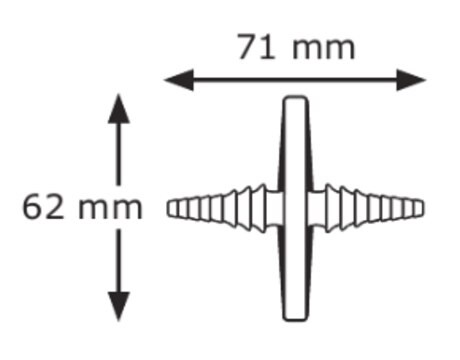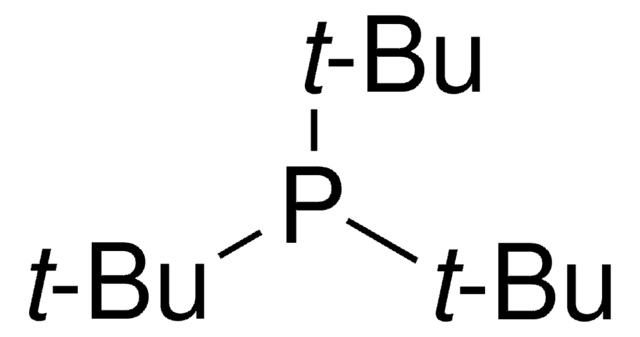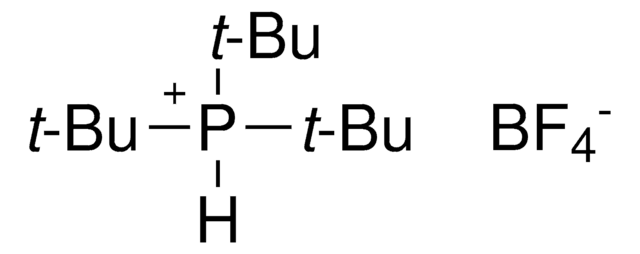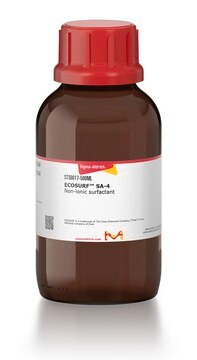推荐产品
形狀
liquid
運輸包裝
ambient
儲存溫度
room temp
一般說明
Cell-in-a-Box® cell encapsulation technology allows one to encapsulate cells using proprietary nanomaterials that can be performed manually using a simple disposable system. The kit allows researchers to quickly and easily encapsulate their own cells for further laboratory studies such as testing for cell survival, viability, growth, release of biomolecules in cell therapy and 3D cell culture applications. The proprietary Cell-in-a-Box® porous cellulose beads are approximately 2 mm in diameter and have a pore size which allows nutrients to enter and waste products and biomolecules as large as antibodies to leave the capsule unhindered, yet cells are unable to pass in or out.
The Cell-in-a-Box® Decapsulation Solution is a cell-friendly reagent that gently dissolves the membrane of porous bead capsules generated with the CIB001 kit, allowing the user to recover and harvest the encapsulated cells for further downstream analysis and processing, such as cell counting, DNA extraction, and fluorescence imaging.
The Cell-in-a-Box® Decapsulation Solution is a cell-friendly reagent that gently dissolves the membrane of porous bead capsules generated with the CIB001 kit, allowing the user to recover and harvest the encapsulated cells for further downstream analysis and processing, such as cell counting, DNA extraction, and fluorescence imaging.
應用
1. Place 10 capsules made using the CIB001 Cell encapsulation kit into a 6-well plate, in 7.2 ml of cell culture medium or PBS.
2. Take 800 ul of Decapsulation Solution (10X) and add it into the well, in order to make a 1X working solution.
3. Place the plate on a horizontal shaker under gentle shaking for 15-30 minutes. Observe regularly with the naked eye or under the microscope to determine when the decapsulation process is sufficiently completed
4. Pipette all the contents into a 15 ml centrifuge tube and centrifuge at 200-300g for 5 minutes.
5. Discard the supernatant and resuspend the cell pellet with 8ml fresh medium or PBS.
6. Repeat step 4.
7. Remove the supernatant and resuspend in an appropriate volume of cell culture medium or PBS for specific downstream application.
Notes:
The Decapsulation Solution has been optimized for the decapsulation of capsules as described in the procedure above. Should there be a need to deviate from it, the procedure will need to be re-optimized at the users own discretion. As a general rule, the ratio of 10 capsules to 8 ml of 1X Decapsulation Solution should be maintained. Increasing the number of capsules used might lead to incomplete decapsulation, while increasing the concentration of Decapsulation Solution might cause some loss of cell viability.
2. Take 800 ul of Decapsulation Solution (10X) and add it into the well, in order to make a 1X working solution.
3. Place the plate on a horizontal shaker under gentle shaking for 15-30 minutes. Observe regularly with the naked eye or under the microscope to determine when the decapsulation process is sufficiently completed
4. Pipette all the contents into a 15 ml centrifuge tube and centrifuge at 200-300g for 5 minutes.
5. Discard the supernatant and resuspend the cell pellet with 8ml fresh medium or PBS.
6. Repeat step 4.
7. Remove the supernatant and resuspend in an appropriate volume of cell culture medium or PBS for specific downstream application.
Notes:
The Decapsulation Solution has been optimized for the decapsulation of capsules as described in the procedure above. Should there be a need to deviate from it, the procedure will need to be re-optimized at the users own discretion. As a general rule, the ratio of 10 capsules to 8 ml of 1X Decapsulation Solution should be maintained. Increasing the number of capsules used might lead to incomplete decapsulation, while increasing the concentration of Decapsulation Solution might cause some loss of cell viability.
其他說明
Troubleshooting Guide
- Capsules did not dissolve or takes a lot longer than expected to dissolve. Decapsulation Solution concentration in the media can be gradually increased to 2X, while the agitation speed can also be raised.
- Decapsulated cell viability is lower than encapsulated. While the Decapsulation Solution has been tested on multiple cell types and found to have no noticeable cytotoxic effects at the given concentration, it is possible that certain cell lines might be particularly more sensitive. In such a scenario, the best action is to reduce exposure time to Decapsulation Solution as much as possible by monitoring the process closely and removing the solution as soon as decapsulation is complete. If necessary, Decapsulation Solution concentration can be increased with discretion to 2X in order to reduce the time required for decapsulation.
- Decapsulated cell clusters do not separate into individual cells. Cells growing within the environment of the capsule often form 3D aggregates that do not dissociate easily. Depending on the downstream application and cell type, the user might wish to consider treatment with cell dissociating treatments such as Trypsin, EDTA and Accutase reagents.
法律資訊
Cell-in-a-Box is a registered trademark of Austrianova
儲存類別代碼
10 - Combustible liquids
水污染物質分類(WGK)
WGK 2
閃點(°F)
Not applicable
閃點(°C)
Not applicable
商品
Cell-in-a-Box® technology allows cell encapsulation using biocompatible semipermeable cellulose nanoparticles for cellular therapy and 3D cell culture applications.
我们的科学家团队拥有各种研究领域经验,包括生命科学、材料科学、化学合成、色谱、分析及许多其他领域.
联系技术服务部门






